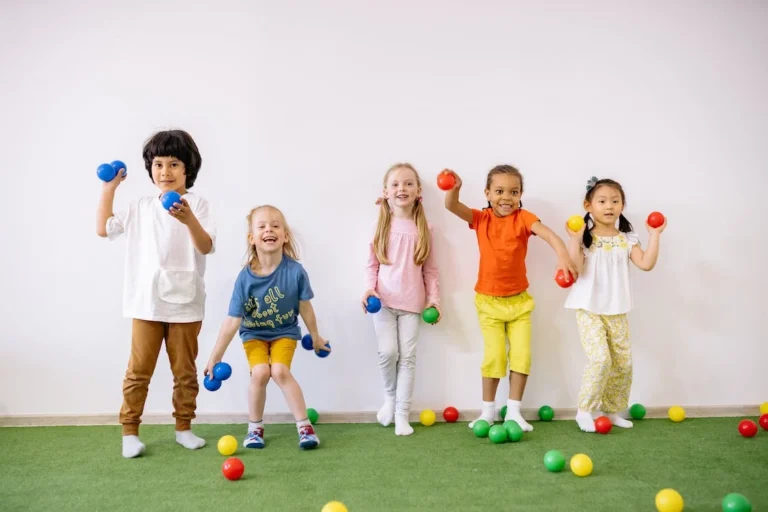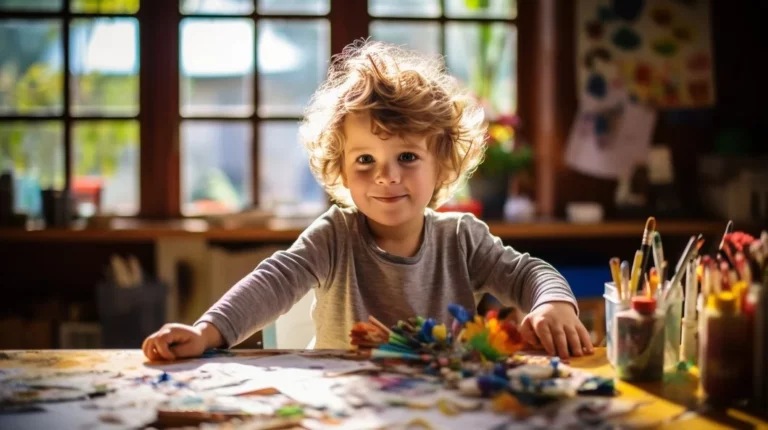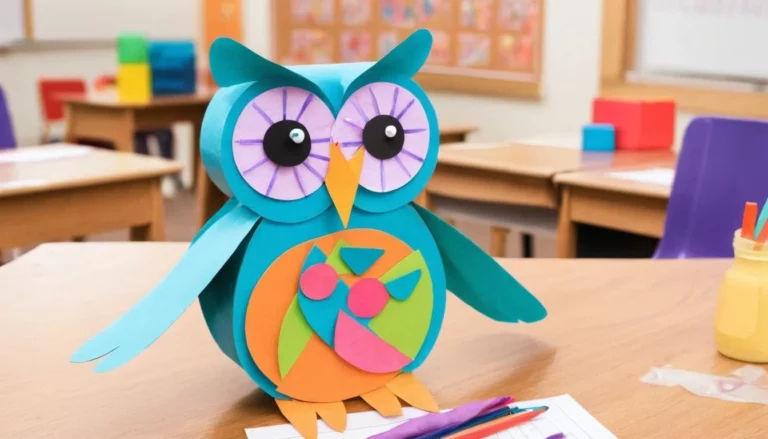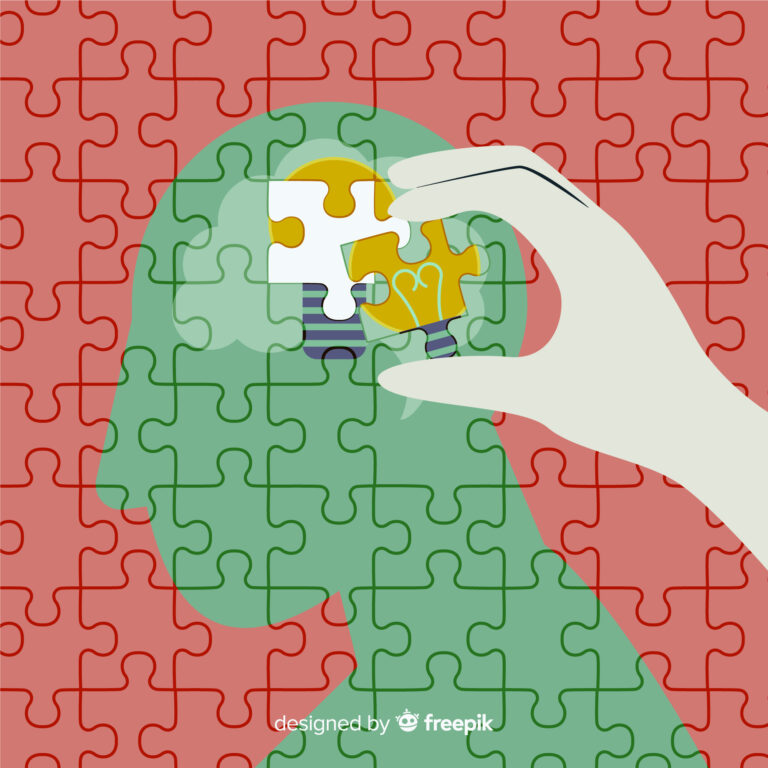STEM Night is a sensational opportunity for students and families to dive headfirst into an ocean of discovery and ignite a lifelong passion for learning. This event showcases exhilarating hands-on experiences that bridge the gap between theory and practical application. As attendees wander through vibrant booths and interactive displays, they absorb key STEM concepts and glimpse the thrilling possibilities of tomorrow’s careers. From programming nimble robots to constructing architectural marvels out of simple materials, each activity is meticulously designed to spark curiosity and inspire innovation.
STEM Night is a night that unites families and communities in the pursuit of knowledge and exploration. It is a night where everyone can join the fun and engage in activities that challenge, educate, and delight. This event promotes critical thinking, problem-solving skills, and collaboration while providing an exciting and entertaining atmosphere. Parents, guardians, and siblings can participate alongside their children and experience the joy of learning together.
STEM Night Activities
Below are some engaging activities that participants can look forward to at STEM Night:
Demonstrate Gravity with a Simple Pendulum
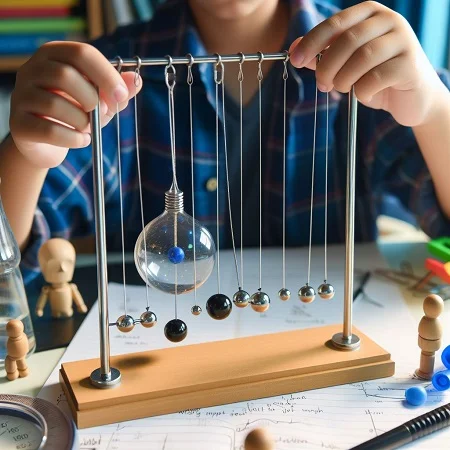
This activity uses a simple pendulum to demonstrate the concept of gravity and how it affects objects in motion. Participants can experiment with different lengths and weights to observe how they change the pendulum’s movement, visually representing Newton’s Laws of Motion.
Build Rube Goldberg Machines
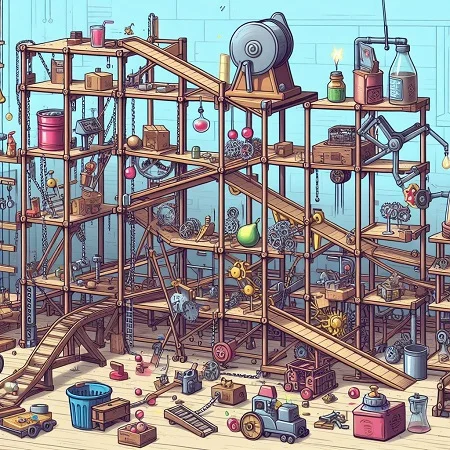
This activity challenges participants to construct elaborate contraptions using everyday objects to complete a simple task. It encourages creativity and critical thinking as participants must plan, test, and troubleshoot their machines. The result is a chain reaction of events that showcases the power of cause and effect.
Homemade Catapult Challenge

This activity combines engineering and physics principles as participants design, build, and test their catapults. They will explore concepts such as force, trajectory, and potential energy as they compete in challenges to launch objects the farthest distance or hit specific targets. This hands-on activity encourages creativity and experimentation while promoting critical thinking and problem-solving skills.
Bridge Building Contest
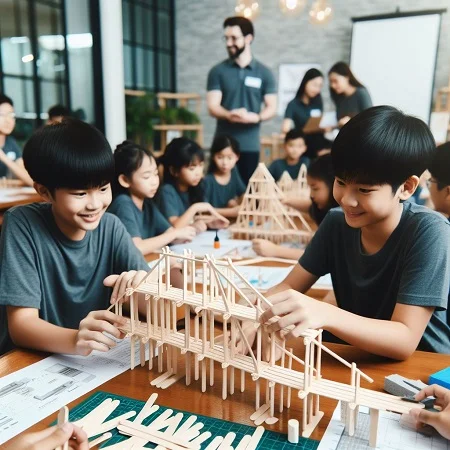
Participants will put their engineering skills to the test as they construct bridges using only popsicle sticks and glue. They will learn about bridge designs and engineering concepts such as tension, compression, and load distribution. The challenge is to build a bridge that can withstand the most weight before collapsing. This activity promotes teamwork, creativity, and problem-solving skills while practically applying engineering principles.
Paper Tower Construction
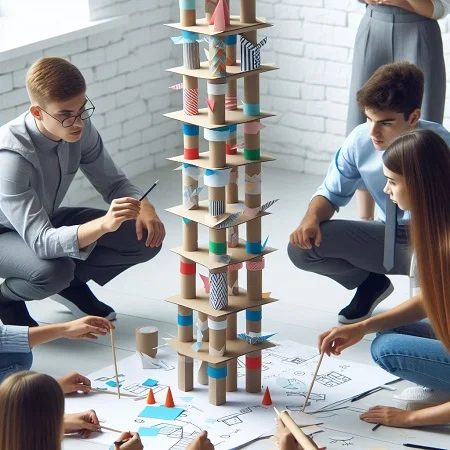
Using only paper and tape, participants will compete to construct the tallest tower possible. This activity promotes critical thinking as participants must strategize and experiment with different techniques and designs to create a stable structure. It also introduces concepts such as stability, balance, and weight distribution. Participants can learn from each other’s towers and work together to improve their designs.
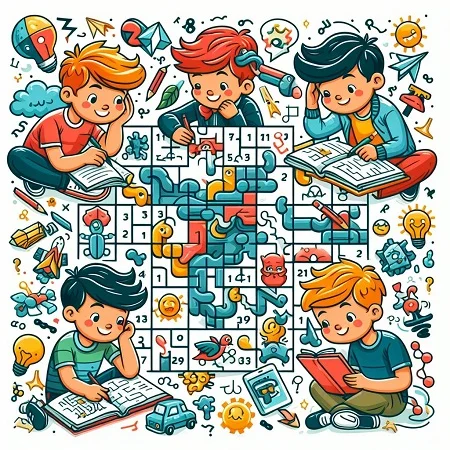
This activity challenges participants’ critical thinking skills as they solve logic puzzles and brain teasers. They will exercise their problem-solving abilities while having fun and competing against each other to see who can solve the most puzzles correctly. This activity promotes perseverance, creativity, and logical reasoning.
Math Challenges Using Everyday Objects
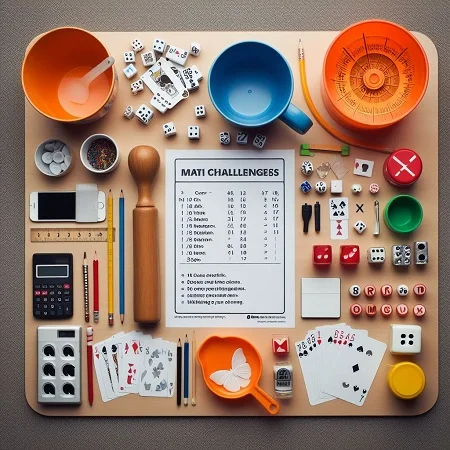
This activity turns everyday objects into math problems, making it a fun and practical way to learn mathematical concepts. Participants will use items such as measuring cups, dice, and playing cards to solve puzzles and challenges that involve counting, multiplication, fractions, and more. This activity promotes creativity, problem-solving skills, and real-world application of math. Interactive activities to engage with basic mathematical concepts.
Potato Battery Experiment
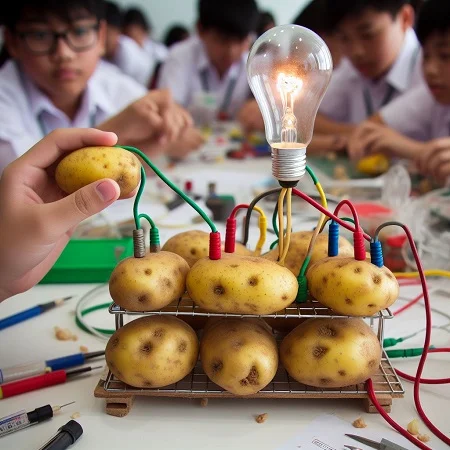
This activity demonstrates the basic principles of electrical circuits as participants use potatoes to power a small light bulb. They will learn about conductors, insulators, and energy conversion while experimenting with different fruits and vegetables to see which produces the most electricity. This hands-on activity promotes scientific inquiry and encourages participants to think outside the box regarding alternative energy sources.
Coding Basics with a Simple Game
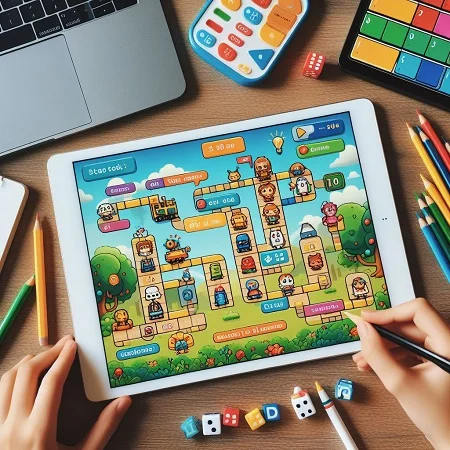
This activity introduces participants to coding by teaching them the basics through a fun and interactive game. They will learn about variables, loops, and conditions while navigating challenges and puzzles. This activity promotes logical thinking, problem-solving skills, and creativity while providing a glimpse into computer programming. Participants can continue to build on these skills and even create their games after completing this activity. An interactive introduction to coding with a fun and engaging game.
Raspberry Pi for Beginners
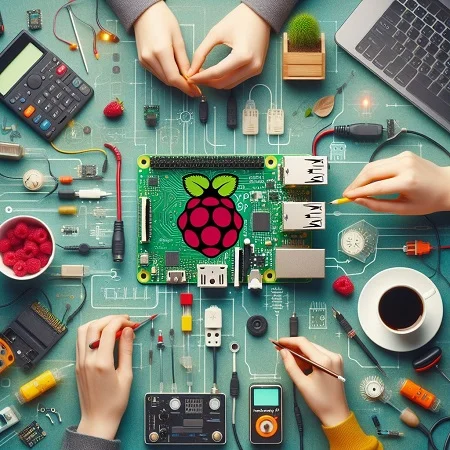
This activity introduces participants to the Raspberry Pi, a small but powerful computer that can be used for various projects and experiments. They will learn how to set up and use a Raspberry Pi and basic coding skills through projects such as building a music player or creating an LED light show.
Solar Oven Construction
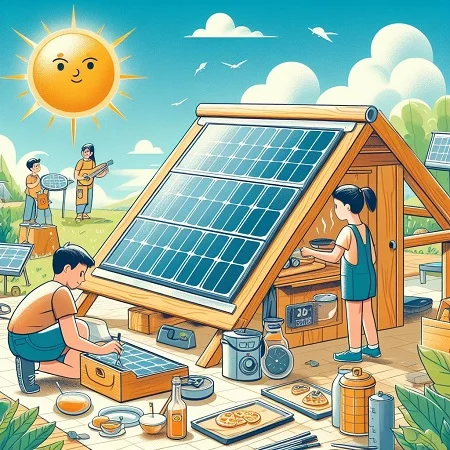
Participants will learn about solar energy and its applications as they design and construct their solar ovens. They will experiment with different materials, angles, and insulation to harness the sun’s power for cooking food. This activity promotes environmental awareness, sustainable living, and practical application of science concepts.
Puzzles to Enhance Cognitive Skills
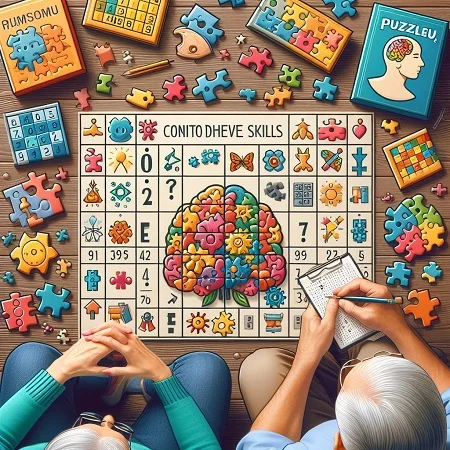
This activity utilizes various puzzles and brain teasers to improve cognitive skills such as memory, attention, and reasoning. Participants will engage in activities such as Sudoku, crosswords, and jigsaw puzzles while learning about the benefits of keeping their minds active. This activity promotes mental stimulation and can be enjoyed by all ages. Suggestions for different types of puzzles and how they benefit specific cognitive skills. Tips for incorporating puzzles into the daily routine to maintain mental sharpness.
Circuit Fun with LED Lights
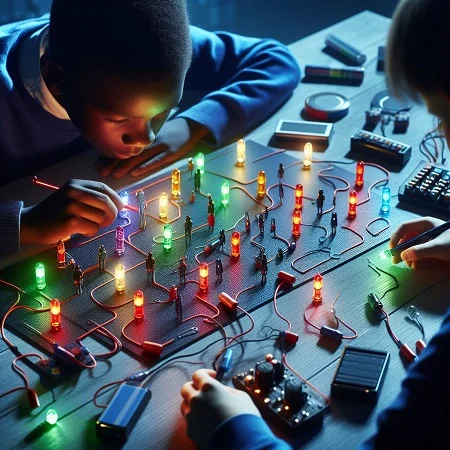
This activity teaches participants the basics of electrical circuits by allowing them to create designs using LED lights and batteries. They will learn about series and parallel circuits, switches, and conductivity while experimenting with different colours and patterns.
Storytelling with Toys and Camera
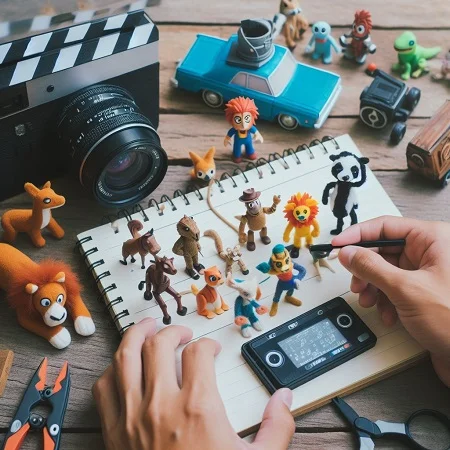
Participants will explore their creativity and storytelling skills using toys and a camera to create their short films. They will learn about stop-motion animation, character development, and introductory film techniques while enjoying their favourite toys. This activity promotes imagination, teamwork, and self-expression. A guide to crafting your short story using toys for a creative STEM activity.
Creative Challenges with Story and STEM

These STEM night ideas combine the power of storytelling with STEM concepts as participants are challenged to create a story that incorporates elements such as forces, energy, or simple machines. They will learn about making connections between different subjects and using their imagination to make learning fun and engaging. Exploring the intersection of narrative and scientific discovery.

